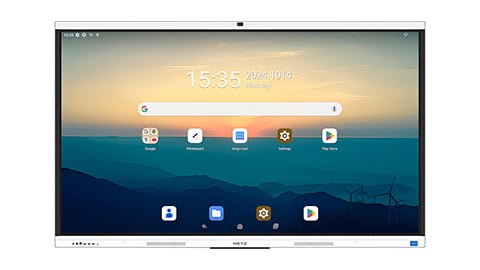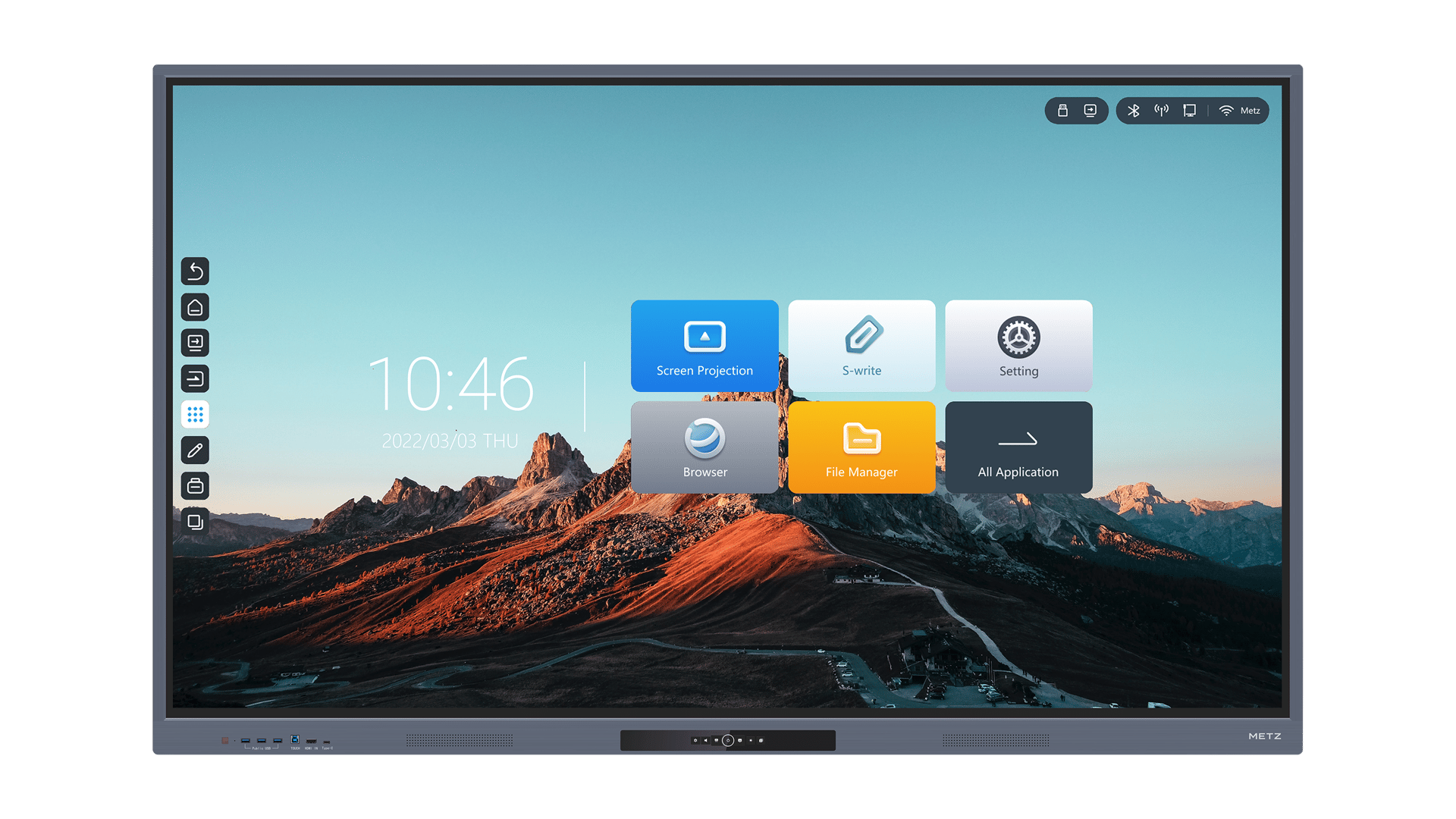Introduction
When it comes to classroom technology, Smart Boards and whiteboards are two commonly used tools. Both have their advantages and disadvantages, but which one is the better choice? In this article, we will compare Smart Boards and whiteboards from various perspectives to help you make an informed decision.
Cost and Maintenance
One important factor to consider is the cost and maintenance associated with Smart Boards and whiteboards. While whiteboards are generally less expensive to purchase upfront, they require regular maintenance such as cleaning and replacement of markers. On the other hand, Smart Boards come with a higher initial cost, but their maintenance is minimal, reducing long-term expenses.
Interactivity and Multimedia Integration
Smart Boards offer a wide range of interactive features that can enhance the learning experience. With touch screen capabilities, students can directly interact with the content displayed on the board. Additionally, Smart Boards allow for multimedia integration, enabling teachers to incorporate videos, audio clips, and interactive applications into their lessons. Whiteboards, on the other hand, lack these interactive features, limiting the scope of classroom engagement.
Ease of Use
When it comes to ease of use, whiteboards have a simple and straightforward design. Teachers and students can easily pick up a marker and start writing or drawing on the board. However, Smart Boards may require some training and familiarity with the software and hardware. Once users are comfortable with the technology, Smart Boards can offer a more seamless and efficient experience.
Flexibility and Versatility
Smart Boards provide greater flexibility and versatility compared to traditional whiteboards. With a Smart Board, teachers can save and share their lesson materials digitally, eliminating the need for handwritten notes. Additionally, Smart Boards can be connected to other devices such as computers and tablets, allowing for interactive collaboration and remote teaching. Whiteboards, on the other hand, are limited to the physical space and require manual transcription of content for future reference.
Accessibility and Inclusivity
Smart Boards offer various accessibility features that can benefit students with disabilities. These features include adjustable font sizes, text-to-speech capabilities, and color contrast options. By using Smart Boards, teachers can create a more inclusive learning environment that caters to the diverse needs of their students. Whiteboards, however, lack these built-in accessibility features.
Durability and Longevity
In terms of durability and longevity, whiteboards have the advantage. They are resistant to scratches and can withstand heavy usage without deteriorating. Smart Boards, on the other hand, are more susceptible to damage and may require repairs or replacements over time. However, with proper care and maintenance, Smart Boards can also have a long lifespan.
Integration with Technology
With the increasing use of technology in classrooms, the ability to integrate with other devices and software is crucial. Smart Boards are designed to seamlessly integrate with various educational software and applications. This allows teachers to access a wide range of resources and tools, enhancing their teaching methods. Whiteboards, on the other hand, lack this integration capability and may limit teachers' access to digital resources.
Space and Classroom Layout
When considering the physical space and classroom layout, whiteboards take up less space compared to Smart Boards. This can be advantageous in smaller classrooms or when multiple boards are required. Smart Boards, however, require wall or stand-mounted installation, which may not be feasible in all classroom setups.
Engagement and Student Participation
Smart Boards have proven to be highly engaging for students, as they offer interactive learning experiences. The ability to manipulate objects on the screen, solve puzzles, and collaborate in real-time can significantly increase student participation. Whiteboards, although they allow for some level of engagement, do not provide the same level of interactivity as Smart Boards.
Conclusion
Choosing between a Smart Board and a whiteboard ultimately depends on your specific needs and preferences. While whiteboards may be more cost-effective and easier to use, Smart Boards offer a wide range of interactive features, integration with technology, and accessibility options. Consider factors such as your budget, classroom layout, and desired level of student engagement when making your decision. Both options have their benefits, so it's important to choose the one that aligns with your teaching style and educational goals.






